Of Old Radios And Related Items--Published Monthly
Eisemann Radios from Modular Parts
By Bob Murray
Web Edition
Atwater Kent was known for its use of modular subassemblies in its breadboard radios. However, a lesser known company took the same approach and failed. Bob Murray explains. (Editor)
Excuse me if you have heard this before, but why does one company prosper while another one fails? The company in question is the Eisemann Magneto Corporation of Brooklyn, New York. This company was the American sales agency for Ernst Eisemann & Co. of Stuttgart, Germany, makers of automotive magnetos (and not related to Freed-Eisemann).
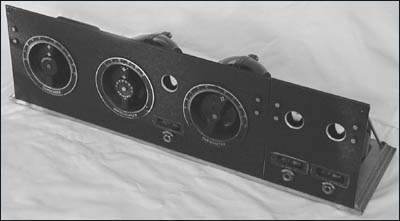
Figure 1. A front view of the Eisemann radio that utilizes modular components. The larger panel on the left, designated as the TD-3, contains the RF components. It is distinguished by the three large tuning dials and a single peephole. The smaller AF panel, the A-2, on the right features two peep holes for its tubes and two phone jacks.
Eisemann Magneto entered the radio market in the second half of 1922, placing ads in QST and Radio Broadcast. From its history in the magneto business, the company had the techniques and equipment to manufacture attractive modular radio components using drawn metal and Bakelite castings. Its "radio units" were advertised to have simplified set construction since there were fewer parts to connect. Being in the auto parts business, the company presumably had a ready-made dealer network that gave it market access. Does this situation remind you of another contemporary radio company?
Eisemann Magneto modules were designed to be attached to one of several aluminum panels that were available, providing shielding of the set from the operator's hands. The panels were finished in black wrinkle paint. The home builder would often be tempted to enclose the set in a rectangular box because of the shape of the panels.
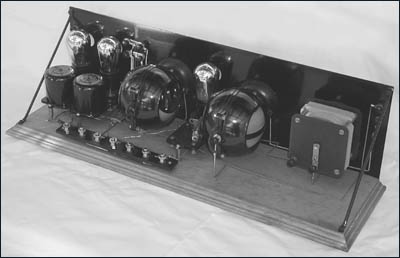
Figure 2. This rear view shows the Eisemann modules.
My Eisemann Magneto RADIO
I chose to assemble this set on a breadboard, for ease of comparison with an Atwater Kent set of a similar age and design. The two panels shown in Figure 1 are the larger TD-3 on the left and the smaller A-2 on the right. These designations possibly indicate tuner-detector and amplifier. A rear view of the panels is shown in Figure 2.
The set consists of a tuning condenser, a variometer, a detector module, a variocoupler, and two audio amplifier modules. These parts represented most of the component modules made by Eisemann at the time. The completed sets were attractively colored in black and beige. Black was a popular color of technology at the time; for example, it was a common color for cars, typewriters, cameras, etc.
The variometer and variocoupler were made from glossy black Bakelite with cloth-covered windings covered presumably with shellac. The audio transformers were covered with cylindrical cans. They were designed to admit a mounting screw down through the center of the transformer. Figure 3 shows the internal construction. The detector and amplifier rheostats were custom designed to mount horizontally and fit neatly under the tube sockets.
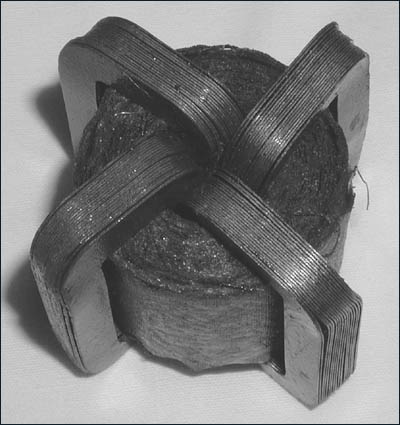
Figure 3. Eisemann used an unusual design in its audio transformers as illustrated in this internal view.
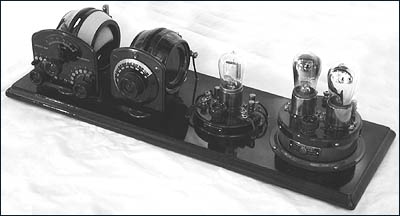
Figure 4. An Atwater Kent Model 4 that shares features and design with the Eisemann radio.
I acquired this set still wired, although somewhat roughly, by the original owner. I traced the circuit and restored the set with its same hook-up. I then recognized that I had essentially the same circuit as the Atwater Kent Model 4, shown in Figure 4. Both sets use a variocoupler as a tuning device and a variometer as a means of regeneration control. The Atwater Kent 4 took advantage of the inductance of the variocoupler and the capacitance in the aerial to provide a tunable circuit resonant in the Broadcast Band. The Eisemann used a variocoupler and a tuning condenser to achieve the same effect. In other respects, the two sets were equivalent.
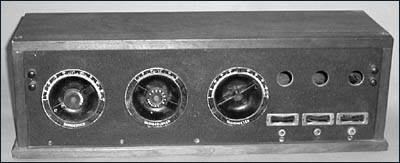
Figure 5. An Eisemann set from the Editor's collection.
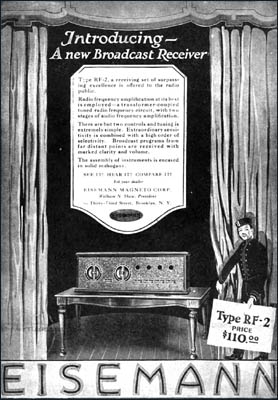
Figure 6. An advertisement from QST for the RF-2 receiver.
Figure 5 shows a similar Eisemann set from the Editor's collection and an advertisement from QST for the RF-2 receiver, another similar set, is shown on the following page.
It remains a mystery, to me at least, why Eisemann and Atwater Kent, starting with an apparently level playing field, went on to have such different experiences in the radio business. Eisemann appears to have abandoned radio and radio parts production in 1924 to return to magneto manufacture. Atwater Kent proceeded to enjoy conspicuous success. Does anyone know why?
References
Douglas, Alan. Radio Manufacturers of the 1920's. Volume 2. Vestal, N.Y.: The Vestal Press. Ltd., 1989.
Williams, Ralph O. The AWA Review. Volume 12. "The Atwater Kent Radios." Breesport, N.Y: The Antique Wireless Association, 1999.
(Bob Murray, 3216 Assiniboine Ave., Winnepeg, MB R3K 0B1, Canada)
In the over 20 years that Bob Murray has been collecting radios, he has gradually come to emphasize radios made in Canada during the 1920s. He is interested in research into their past and in their restoration. His collection numbers over 200.
| [Free Sample] [Books, etc., For Sale] [Subscribe to A.R.C./Renew] [Classified Ads] [Auction Prices] [Event Calendar] [Links] [Home] [Issue Archives] [Book Reviews] [Subscription Information] [A.R.C. FAQ] URL = http://www.antiqueradio.com/Jul03_Murray_Eisemann.html Copyright © 1996-2003 by John V. Terrey - For personal use only. Last revised: July 19, 2003. For Customer Assistance please contact ARC@antiqueradio.com or call (866) 371-0512 Pages designed/maintained by Wayward Fluffy Publications
Antique Radio Classified |